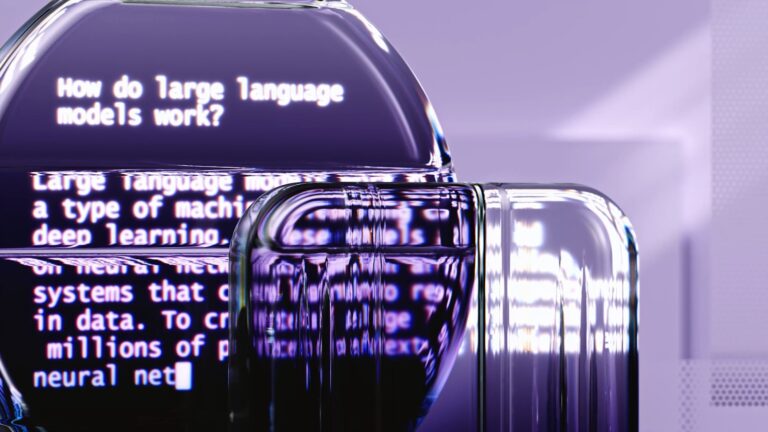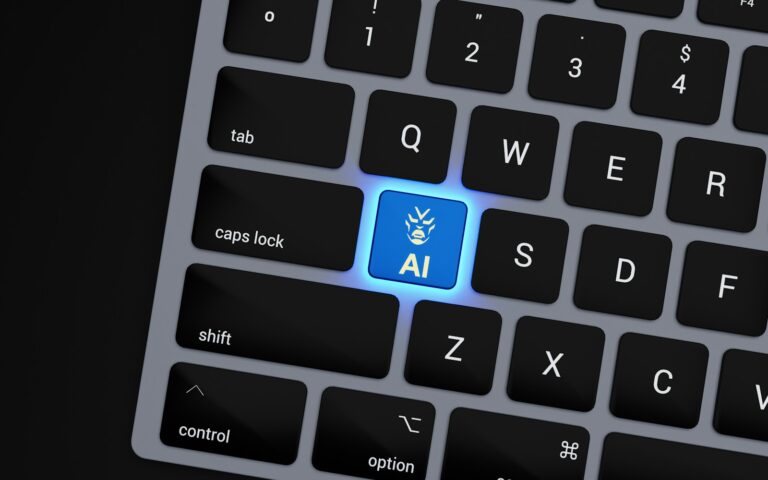Introduction: AI is Reshaping the Future of Technology
Did you know that AI is projected to contribute $15.7 trillion to the global economy by 2030? As artificial intelligence continues to revolutionize industries, developers must choose the right programming language to build cutting-edge AI applications. Whether it’s machine learning, neural networks, or natural language processing, the right language can make or break your AI project.
In this article, we’ll explore the best programming languages for AI development, analyzing their strengths, weaknesses, and real-world applications.
1. Python: The Undisputed Leader in AI Development
Why Python Dominates AI?
Python has become the go-to language for AI due to its simplicity, vast libraries, and strong community support. Libraries like TensorFlow, PyTorch, and Scikit-learn make machine learning and deep learning projects seamless.
| “Python’s extensive libraries and ease of use make it the best choice for AI development, from startups to tech giants.” |
Pros of Python for AI
- Simple and readable syntax makes development faster and easier.
- Massive AI libraries like TensorFlow, Keras, PyTorch, and OpenCV.
- Strong community support ensures quick troubleshooting.
- Scalability and flexibility make it ideal for AI research and production.
Cons of Python for AI
- Slower execution speed compared to C++ and Java.
- Memory-intensive, making it less ideal for mobile AI applications.
Example: Google’s DeepMind uses Python extensively for AI-powered research and innovation.
2. Java: The Enterprise AI Powerhouse
Why Java is Popular in AI?
Java’s stability, scalability, and platform independence make it ideal for enterprise AI applications, chatbots, and big data processing.
| “Java’s ability to handle large-scale AI applications makes it a preferred choice for enterprise solutions.” |
Pros of Java for AI
- Scalable and high-performance for enterprise AI solutions.
- Platform-independent, making it deployable across multiple systems.
- Strong security features for AI-driven financial and healthcare applications.
Cons of Java for AI
- More complex syntax compared to Python.
- Memory consumption can be high for AI-heavy applications.
Example: IBM Watson, one of the most advanced AI systems, is built using Java.
3. C++: The High-Performance AI Language
Why AI Engineers Choose C++?
C++ is preferred for AI applications that require real-time processing, such as robotics, gaming AI, and high-frequency trading.
| “C++ offers unmatched speed and efficiency, making it essential for real-time AI applications.” |
Pros of C++ for AI
- Faster execution speed than Python and Java.
- Memory-efficient, making it suitable for hardware-intensive AI tasks.
- Used in AI for gaming, robotics, and autonomous vehicles.
Cons of C++ for AI
- Steep learning curve compared to Python.
- Longer development time due to complex syntax.
Example: OpenAI’s reinforcement learning algorithms for gaming AI leverage C++ for high-speed computation.
4. R: The Data Science and Machine Learning Specialist
Why R is a Top Choice for AI?
R is widely used in AI-driven statistical computing, predictive analytics, and data visualization.
| “R excels in data-driven AI applications, making it the go-to language for AI-powered data science.” |
Pros of R for AI
- Ideal for statistical analysis and data mining.
- Extensive data visualization capabilities.
- Popular in AI-driven finance, healthcare, and marketing analytics.
Cons of R for AI
- Slower than Python and C++.
- Less suitable for large-scale AI applications.
Example: AI models for predicting stock market trends rely on R for statistical computing.
5. Julia: The Rising Star in AI
Why Julia is Gaining Popularity?
Julia is an emerging AI language known for high-performance numerical computing and machine learning.
| “Julia combines Python’s simplicity with C++’s speed, making it a strong contender in AI development.” |
Pros of Julia for AI
- Lightning-fast computation speed.
- Efficient for large-scale AI applications.
- Optimized for deep learning and neural networks.
Cons of Julia for AI
- Smaller community support compared to Python.
- Limited libraries compared to other AI languages.
Example: MIT researchers use Julia for AI-driven scientific computing.
Final Verdict: Which AI Language Should You Choose?
Choosing the right AI programming language depends on your specific use case:
- For beginners and general AI development → Python
- For enterprise AI applications → Java
- For performance-driven AI (robotics, gaming, finance) → C++
- For AI-driven data science → R
- For cutting-edge AI research → Julia
| “The best AI language is the one that aligns with your project’s goals and technical requirements.” |
Conclusion: Get Started with AI Development Today!
The AI revolution is here, and choosing the right programming language can give you a competitive edge. Whether you’re building a chatbot, training machine learning models, or developing autonomous systems, the right tools make all the difference.
Ready to dive into AI programming? Start experimenting with Python, Java, or Julia today! Which language do you prefer for AI? Let us know in the comments below!



